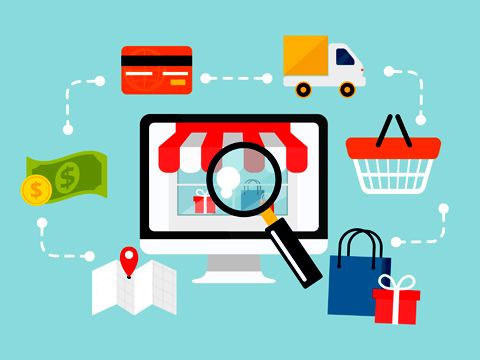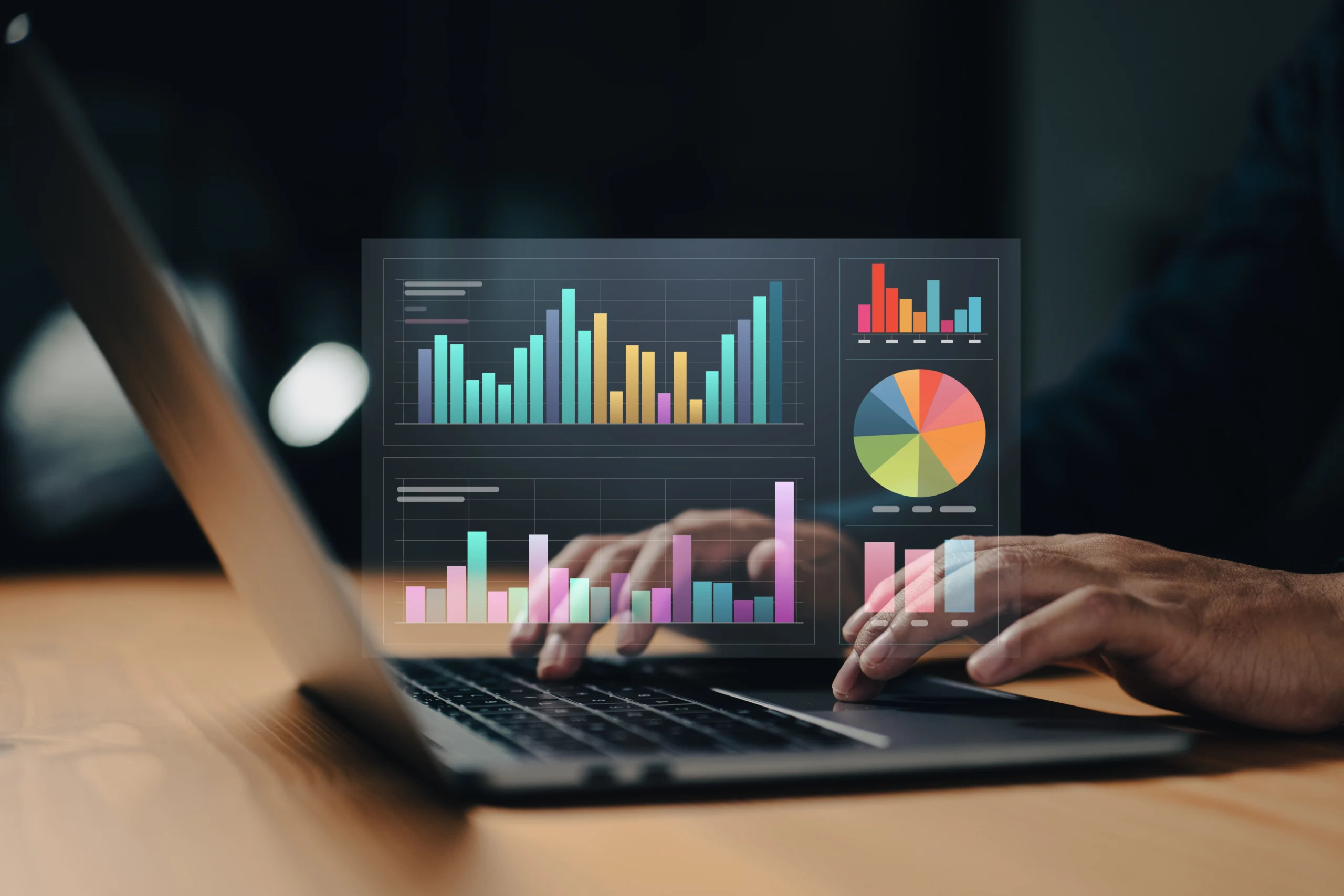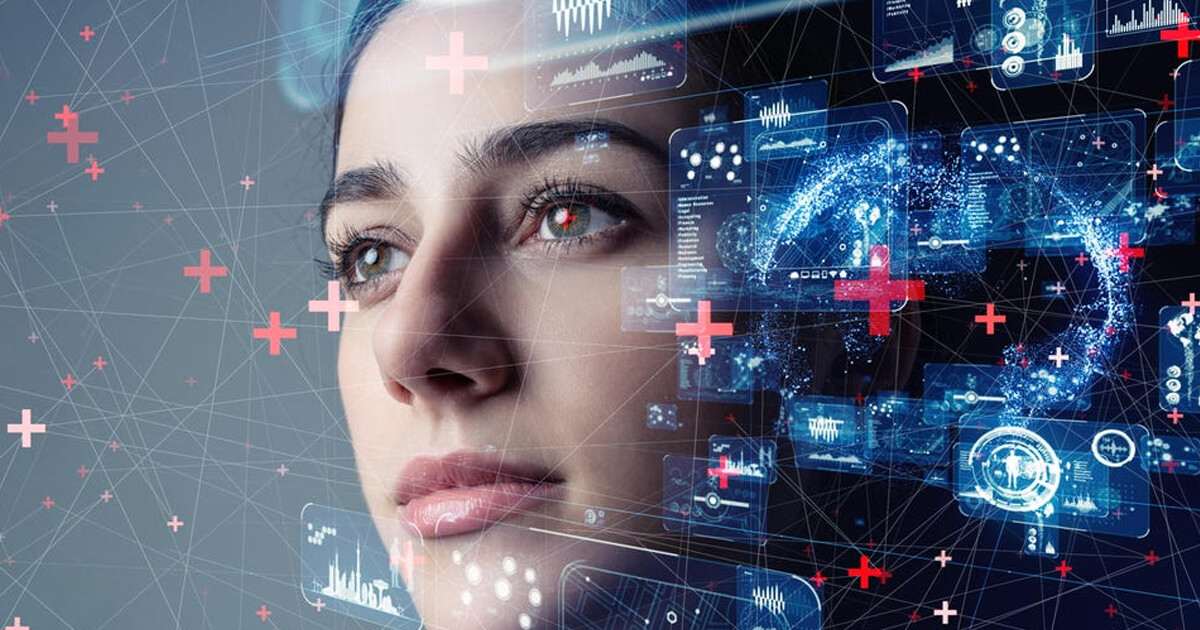Analytics is a term that has gained immense popularity in recent years, especially with the rapid growth of data in the digital era. Whether you are a business owner, a marketer, or just someone interested in understanding data trends, analytics is an essential tool for making informed decisions. But what exactly does analytics mean? And how can it be used effectively to unlock insights? This article provides a detailed overview of analytics, its types, and its applications across various industries.
What is Analytics?
Analytics is the process of systematically collecting, analyzing, and interpreting data to uncover patterns, trends, and insights that can help guide decision-making. The primary goal of analytics is to transform raw data into meaningful information that can support business strategies, operational improvements, and competitive advantages.
At its core, analytics relies on data, statistical methods, and technological tools to derive actionable insights. It is used across various domains, such as business, healthcare, sports, and government, to improve performance, optimize processes, and predict future outcomes.
The Importance of Analytics in Today’s World
In today’s data-driven world, analytics has become a crucial element for organizations aiming to stay ahead in their respective industries. With the explosion of data from different sources like social media, sensors, mobile devices, and customer interactions, organizations can now analyze vast amounts of information to gain valuable insights that were previously out of reach.
Here are some reasons why analytics has become essential:
- Data-Driven Decision Making: Analytics empowers organizations to make decisions based on facts and insights rather than relying on intuition or guesswork. This leads to more accurate and efficient outcomes.
- Enhanced Efficiency: Analytics helps organizations identify inefficiencies, bottlenecks, and areas of improvement in their processes. By optimizing these areas, businesses can save time and resources, ultimately improving profitability.
- Competitive Advantage: Organizations that embrace analytics are better equipped to identify market trends, customer behavior patterns, and potential opportunities. This helps them stay competitive and anticipate market shifts.
- Predictive Capabilities: With predictive analytics, businesses can forecast future trends, customer behaviors, and market developments. This allows for proactive decision-making rather than reactive responses.
Types of Analytics
Analytics can be broadly classified into four main types: descriptive, diagnostic, predictive, and prescriptive analytics. Each of these types serves a specific purpose and provides different insights.
- Descriptive Analytics: Descriptive analytics focuses on summarizing historical data to understand what has happened in the past. It provides insights into trends, patterns, and events based on historical data. Displaying data in easy-to-understand formats such as tables, charts, and graphs. Tools like Tableau, Power BI, and Qlik are commonly used to analyze and present historical data.
- Diagnostic Analytics: While descriptive analytics tells you what happened, diagnostic analytics digs deeper to understand why it happened. It identifies patterns and relationships in the data and explains the reasons behind certain events. Using algorithms to discover hidden patterns and relationships in data. Identifying the underlying cause of a specific outcome.
- Predictive Analytics: Predictive analytics takes historical data and applies statistical models and machine learning algorithms to forecast future outcomes. This type of analytics allows businesses to anticipate what is likely to happen, based on past trends and patterns. Understanding the relationship between variables to predict future trends. Using models to make predictions based on patterns in historical data.
- Prescriptive Analytics: Prescriptive analytics goes one step further by not only predicting what will happen but also recommending actions to achieve the best possible outcome. It uses advanced algorithms and optimization techniques to suggest the most effective course of action. Finding the most efficient solution to a problem, such as minimizing costs or maximizing profits. Testing different scenarios to see the potential outcomes of various decisions.
Applications of Analytics Across Industries
Analytics has diverse applications across various sectors. Here are a few examples of how analytics is being used in different industries:
- Business and Marketing: In business, analytics is used to optimize operations, improve customer experience, and increase profitability. Identifying different customer segments to tailor marketing strategies. Predicting future sales based on historical data and market conditions. Analyzing inventory levels, shipping times, and demand to streamline the supply chain.
- Healthcare: In healthcare, analytics helps improve patient care, reduce costs, and streamline operations. Using data to predict patient outcomes and prevent hospital readmissions. Helping healthcare providers make data-driven decisions based on patient history and current health data. Identifying inefficiencies in hospital management, such as staff scheduling and resource allocation.
- Finance: The financial sector has been a major adopter of analytics for risk management, fraud detection, and investment strategies. Analyzing consumer credit data to assess the risk of lending. Using machine learning algorithms to identify unusual financial transactions and flag potential fraud. Using historical data and predictive models to make investment decisions in real-time.
- Sports: In sports, analytics is used to improve player performance, optimize team strategies, and engage fans. Analyzing player data to optimize training and game strategies. Using data to assess opponent strategies and adapt game plans accordingly. Analyzing fan behavior to tailor marketing campaigns and improve fan experiences.
The Future of Analytics
The future of analytics looks promising as the volume of data continues to grow. Advances in artificial intelligence (AI), machine learning, and big data technologies are revolutionizing the way analytics is performed. These technologies will enable organizations to gain even deeper insights, automate decision-making processes, and unlock new opportunities for growth and innovation. The ability to analyze data as it is generated, enabling faster decision-making. Leveraging AI algorithms to uncover complex patterns and make recommendations. Making analytics tools and data accessible to non-technical users, allowing everyone in an organization to make data-driven decisions.
Conclusion
Analytics is transforming the way organizations operate, make decisions, and predict future outcomes. By leveraging data, organizations can gain valuable insights that lead to improved performance, increased profitability, and a competitive edge. As technology continues to evolve, the power of analytics will only grow, enabling businesses to make smarter, more informed decisions in real-time. Whether you are a business owner, healthcare provider, or sports coach, embracing analytics can lead to better outcomes and drive success in an increasingly data-driven world.






Leave a Reply